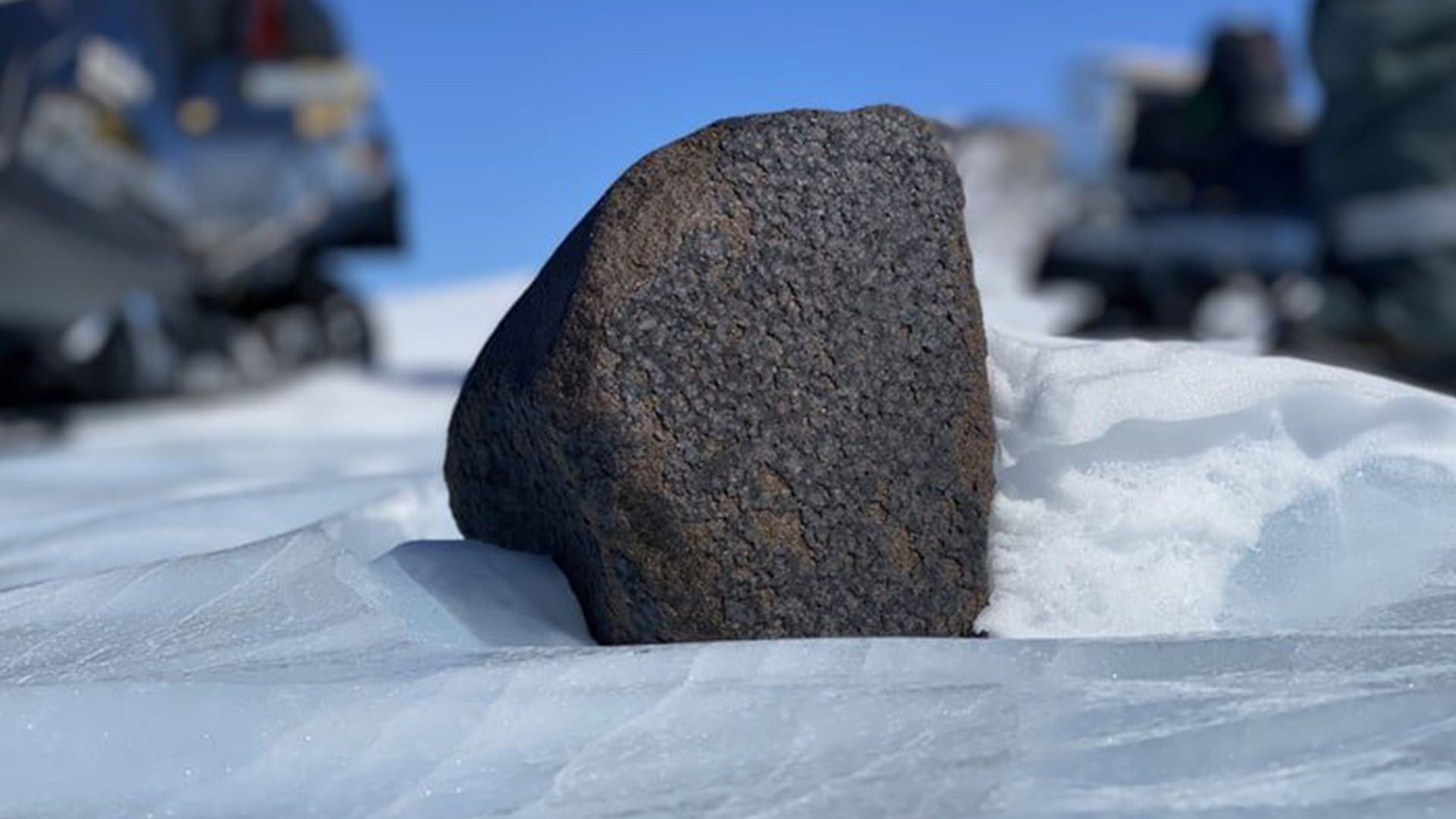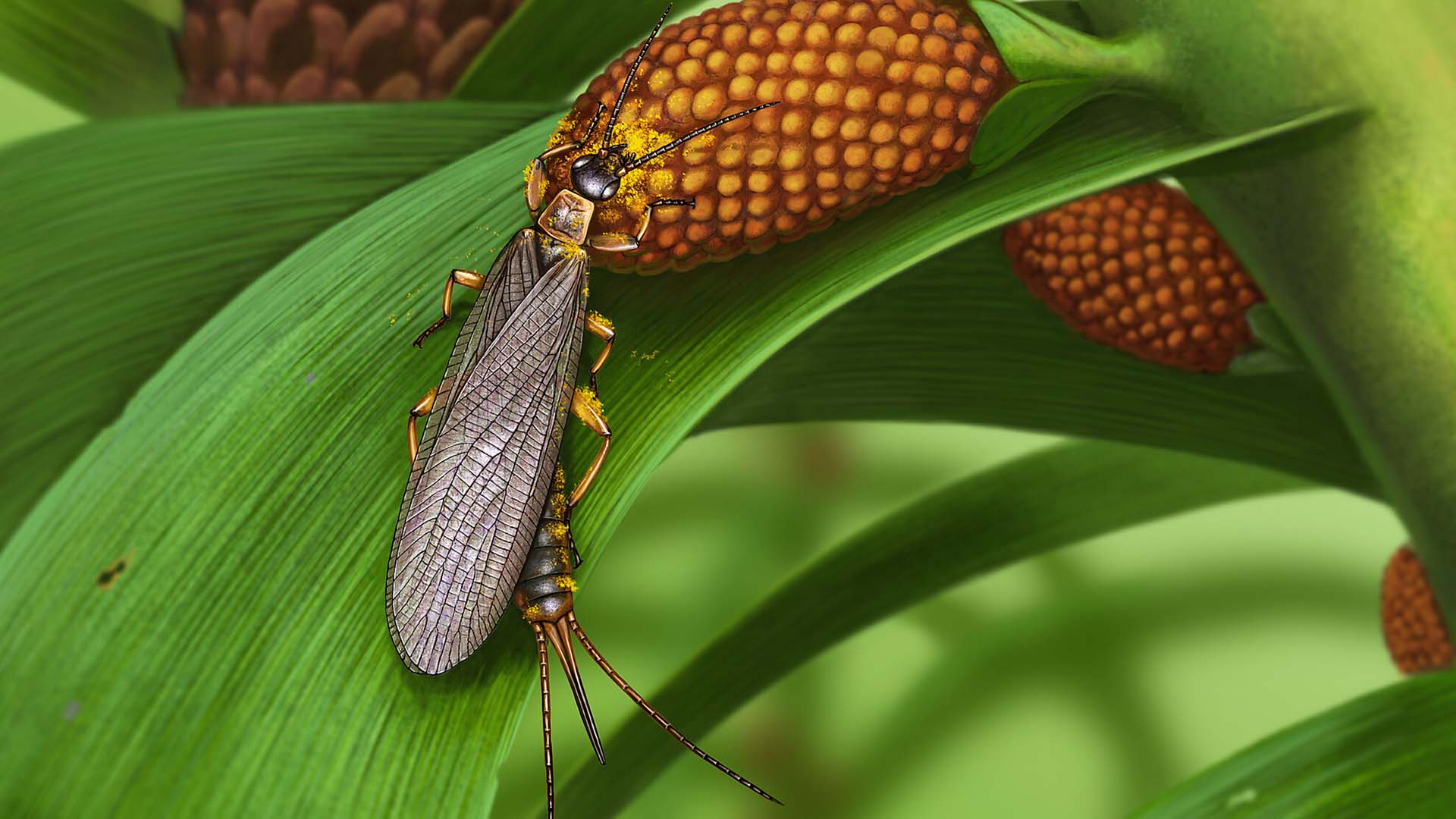If we asked you to look at a picture of this landscape, for a split second you may think you’re looking at the surface of Mars, right? Well, that’s not where the resemblance stops. In 2016, Russian science journalist Alexei Payevsky visited the Valle de la Luna (“Valley of the Moon” or “Moon Valley”) in Chile on a trip to the European Southern Observatory. Studying the salt lakes in Chile is desirable for many scientists and researchers because it may lead to important Mars research.
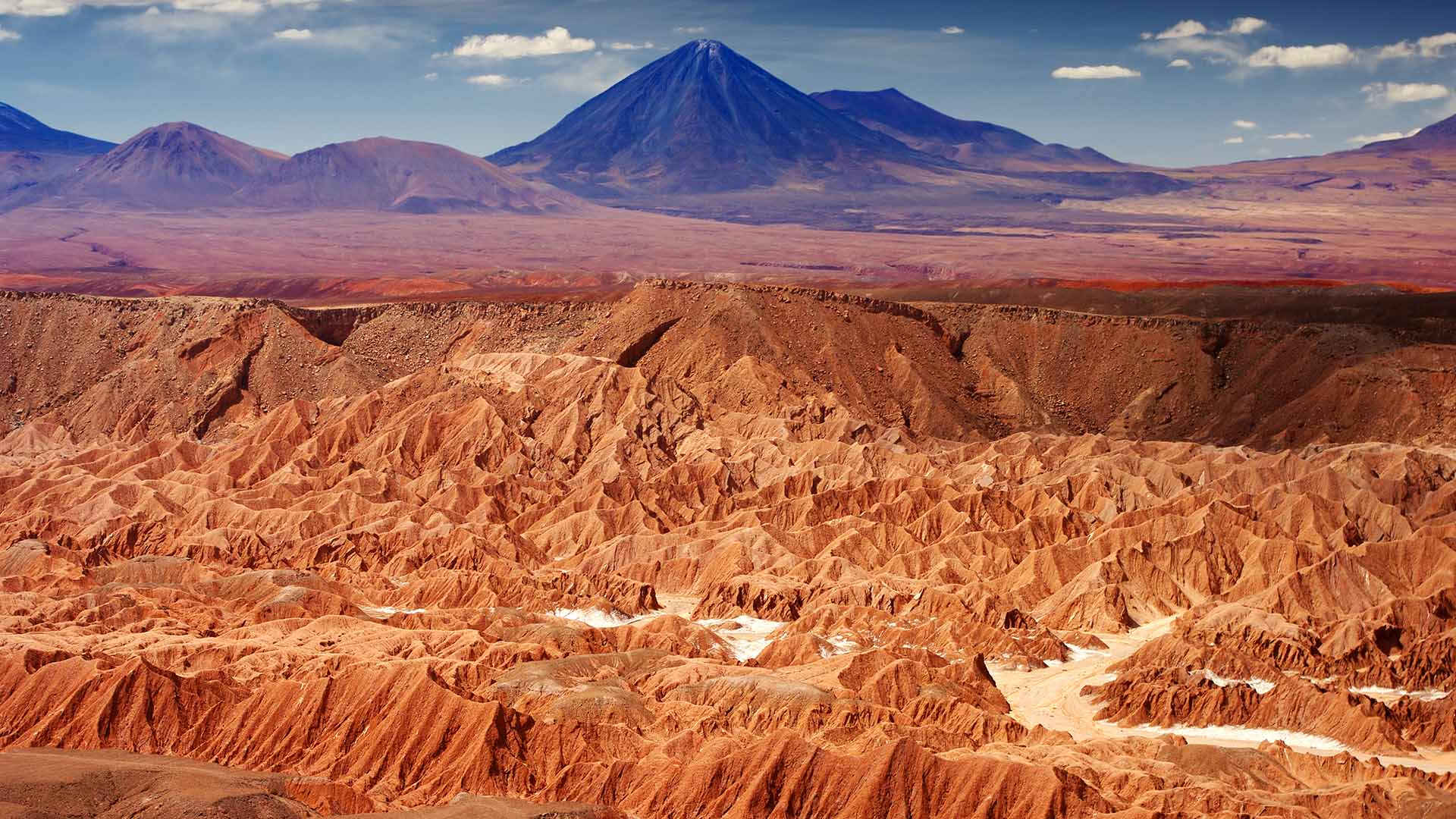
Salt lakes are typically located in remote areas with extreme environmental conditions and some can be indicators of our history or even mimic extraterrestrial conditions. The Valle de la Luna area is interesting to researchers due to the extremely halophilic CO-oxidizing bacteria discovered in the Atacama Desert. This discovery establishes the possibility of microbial carbon dioxide oxidation under conditions that could be replicated at local scales on contemporary Mars.
Increasing evidence suggests that Mars was habitable early in its history and that it may even contain liquid water at present in the form of brines associated with features known as recurrent slope lineae (RSL). Even if brines do occur, however, it’s unclear what substrates any relict microbes could metabolize. Studies have shown that carbon monoxide, which is abundant in Mars’ atmosphere, could be used at local scales under conditions that occur at RSL (moderate temperatures, low pressure, high CO2, low oxygen concentrations, and extreme water potentials). Halophilic CO-oxidizing Proteobacteria represent an ideal model for understanding the capacity of Mars’ atmosphere to support microbial communities.
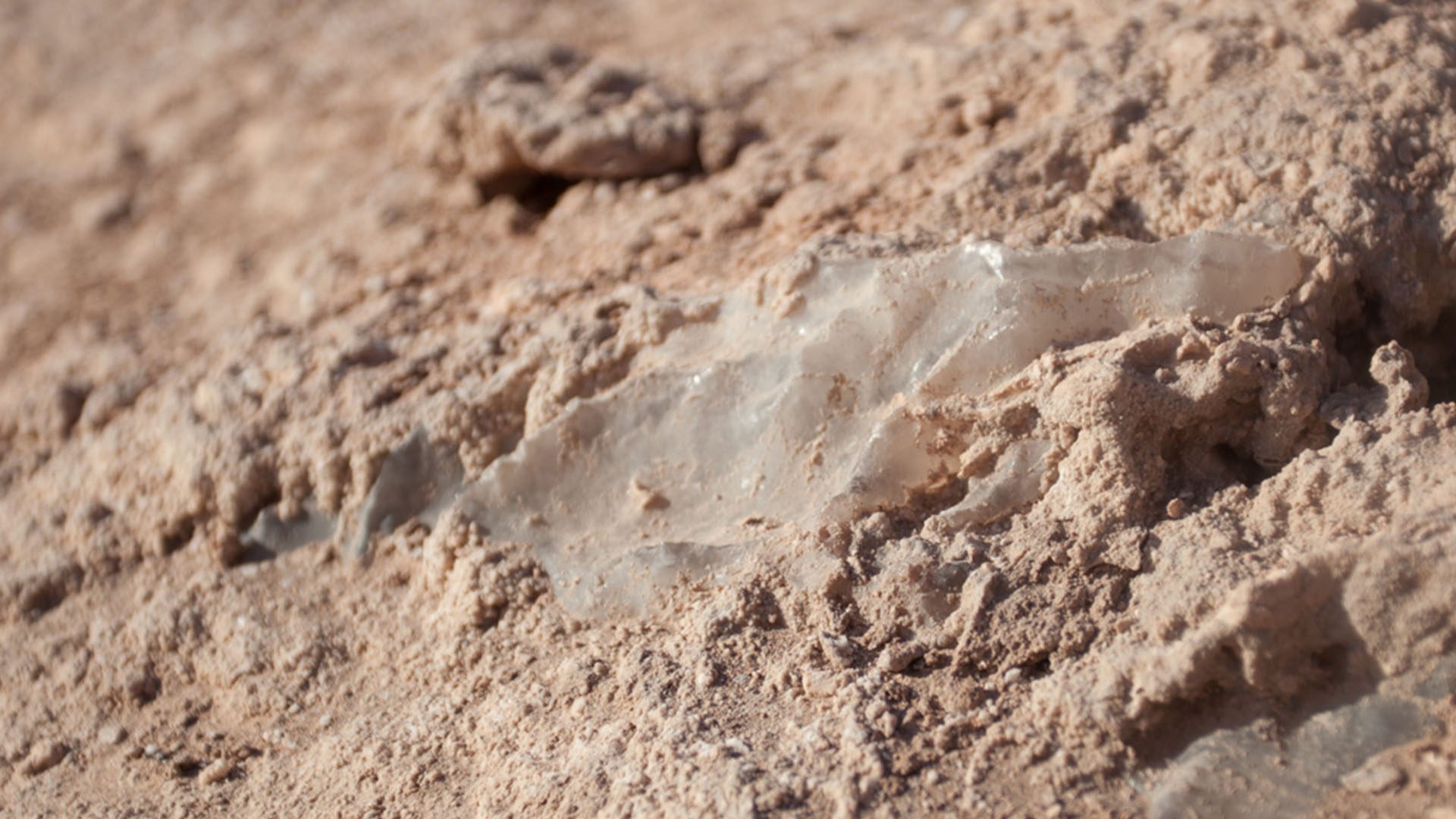
The Valley of the Moon is located in Los Flamencos National Reserve in northern Chile’s Atacama Desert. It gained its name due to the various sand and stone formations across the land, which have been carved over time by wind and water erosion. There are enormous dunes, valleys, and hills of salt and mountains covered with a salt crust, salt crystals, and salt caves. Depressions in the terrain are periodically covered with water to form traces of saline lakes. The area is also home to 32 species of cacti and the Laguna Cejar sinkhole which contains bright turquoise water with extremely high salt content.
Strangely enough, the origins of the name “Valley of the Moon” are rumored to rest with Neil Armstrong himself. Upon visiting the space, it is rumored that Armstrong remarked that the land resembled the surface of the moon. The original name was changed in 1969 so, although this story isn’t confirmed, it is possible.
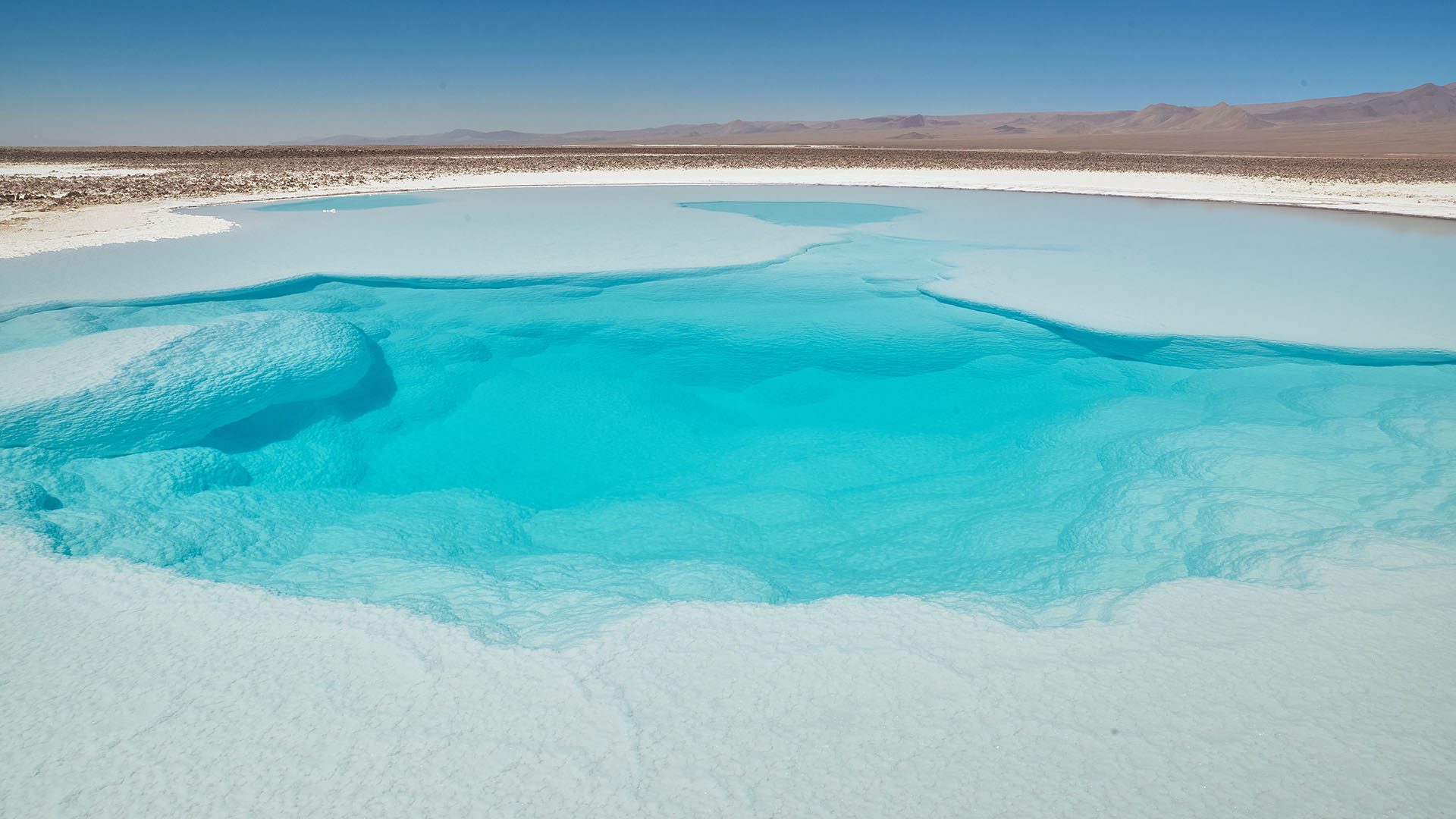
The Cordillera de la Sal (Salt Mountain Range) is a small depression salt ground 1,650 feet in diameter that has formed into oddly sculptural shapes. These shapes, which almost look man-made, are the result of a sequence of transformations on the earth’s crust, caused by the folding of the watery ground beneath the saltwater. This area forms part of the Reserva Nacional Los Flamencos. Due to their resemblance to man-made sculptures, some of the salt formations have gained names over time. For example, there is “El Buen Abuelo” or The Nice Grandfather, which is said to resemble the stone statue of an old man.





